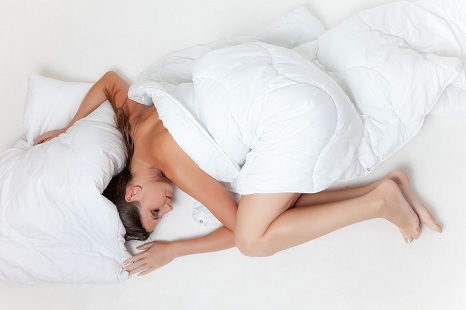6 Modern-Day Sleep Disorders: What Can You Do to Help
The phrase “sleep disorder” refers to a group of conditions that alter sleep quality, timing, or length, as well as a person’s ability to function normally while awake. Although nightshift changes your sleep pattern too but you must know about everything properly.
Some of these disorders may be indicators of underlying mental health concerns, while others may contribute to other physiological problems.
The American Sleep Disorders Association created the first sleep disorder classification system in 1979. Over the last four decades, our knowledge and understanding of sleep health has grown.
There are about 100 different types of sleep disorders, and today’s classifications use complicated approaches to classify them based on causes, symptoms, physiological, and psychological impacts.
Any of these symptoms could indicate a sleep disturbance.
We recommend that anyone experiencing any of these symptoms see their doctor. Here are a few of the disorders you might come across.
Insomnia
Insomnia is defined as the inability to fall or stay asleep while having the motivation and means to do so.
While awake, people with insomnia have excessive daytime sleepiness and other cognitive deficits.
When individuals experience insomnia at least three times a week for at least three months, it is termed a chronic disorder. According to recent figures, up to one-third of Americans suffer from sleeplessness.
One of the primary solutions is to take medication to increase drowsiness. These could come in the form of over-the-counter prescriptions or a product like CBD gummies for sleep.
Apnea (sleep deprivation)
A blockage of the upper airway causes sleep apnea, a common sleep-related breathing problem.
This disorder causes people to wake up coughing or gasping for air. Another common symptom is loud snoring. Like other sleep disorders, sleep apnea can induce daytime sleepiness and exhaustion, as well as a variety of cognitive deficits.
Narcolepsy
Narcolepsy is a sleep disorder that causes people to feel extremely fatigued during the day despite receiving enough sleep the night before.
This can result in an uncontrollable desire to sleep, which manifests as “sleep attacks” that last only a few minutes.
Narcolepsy can create sleep-onset and sleep-maintenance issues over time.
Cataplexy, or a sudden decrease of muscle tone that leads patients to fall or lean over as they nod off, is a common symptom of Narcolepsy Type 1. Narcolepsy Type 2 similarly causes sleep attacks, but there is no cataplexy.
Restless Leg Syndrome
RLS is a sleep-related movement condition that affects 7-10% of the population in the United States.
Also known as Willis-Ekbom Disease, some key symptoms include itching and other painful feelings in the legs. You may also experience strong impulses to move the legs, even when you’re resting.
People with RLS usually have the most severe symptoms in bed, putting them at a higher risk of sleep onset and maintenance issues.
Although there is no cure for RLS, some people can benefit from lifestyle adjustments, moderate exercise, and nocturnal stretching.
Excessive Sleepiness
EDS is characterised by extreme grogginess during the day, forcing people to sleep at inconvenient times.
People who are drowsy throughout the day may be more prone to mistakes and mishaps.
Diabetes, hypothyroidism, chronic pain, melancholy, and anxiety are just a few of the physical and psychological problems that can cause EDS.
Certain sleep disorders, such as sleep apnea and periodic limb movement disorder, are also factors.
Up to 18% of the population is thought to be affected by EDS.
Workplace Shift Disturbance
People who have occupations that require them to work late at night or early in the morning are more likely to suffer from shift work disorder.
Sleeping during the day and working at night can produce a mismatch between a person’s body and their circadian rhythms, which regulate their sleep-wake cycle according to natural light and darkness cycles.
People with this illness are frequently exhausted at work and have difficulty sleeping enough during their permitted daytime rest period.
The diagnostic criteria for shift work disorder are met by up to 32% of night-shift employees and 26% of rotating shift workers.
Summary
The best method to cope with any of the issues mentioned above is to have them diagnosed by a doctor or a sleep specialist and then look into the best solutions for you and your life.
What works for one person might not work for another. You must choose which options are the most beneficial for you.
Just remember that recognising and acknowledging a problem is an enormously productive first step toward finding a solution, rather than just fighting with your sleeping habits for the rest of your life.
